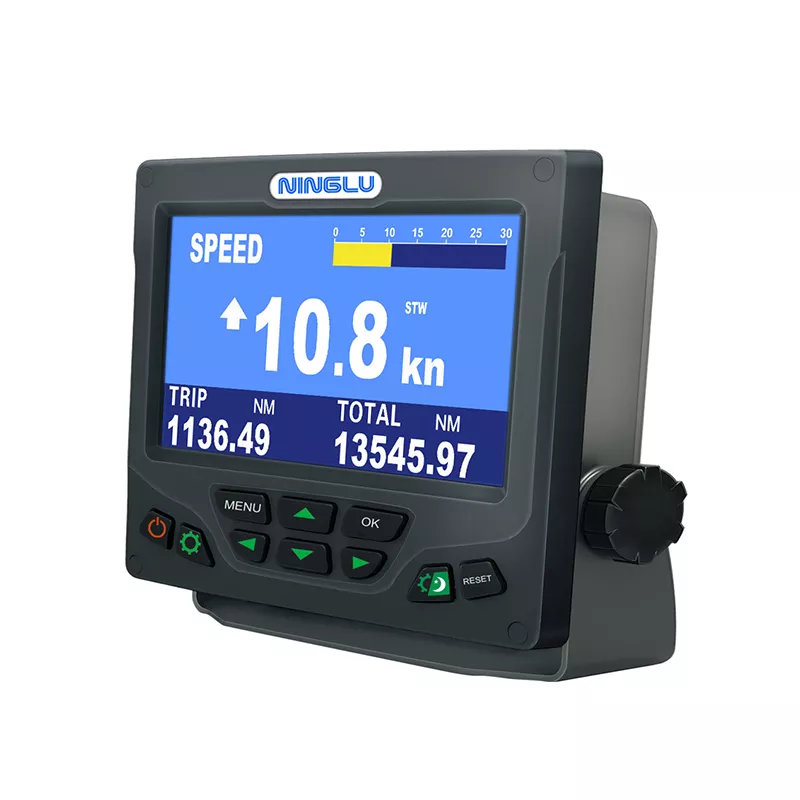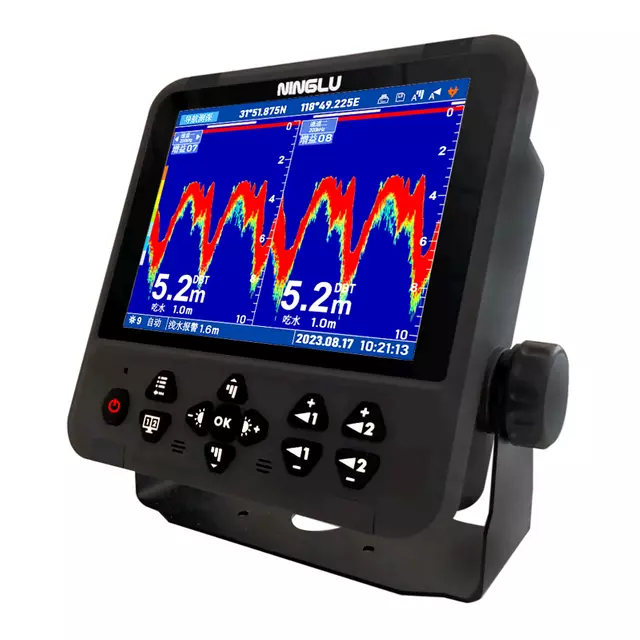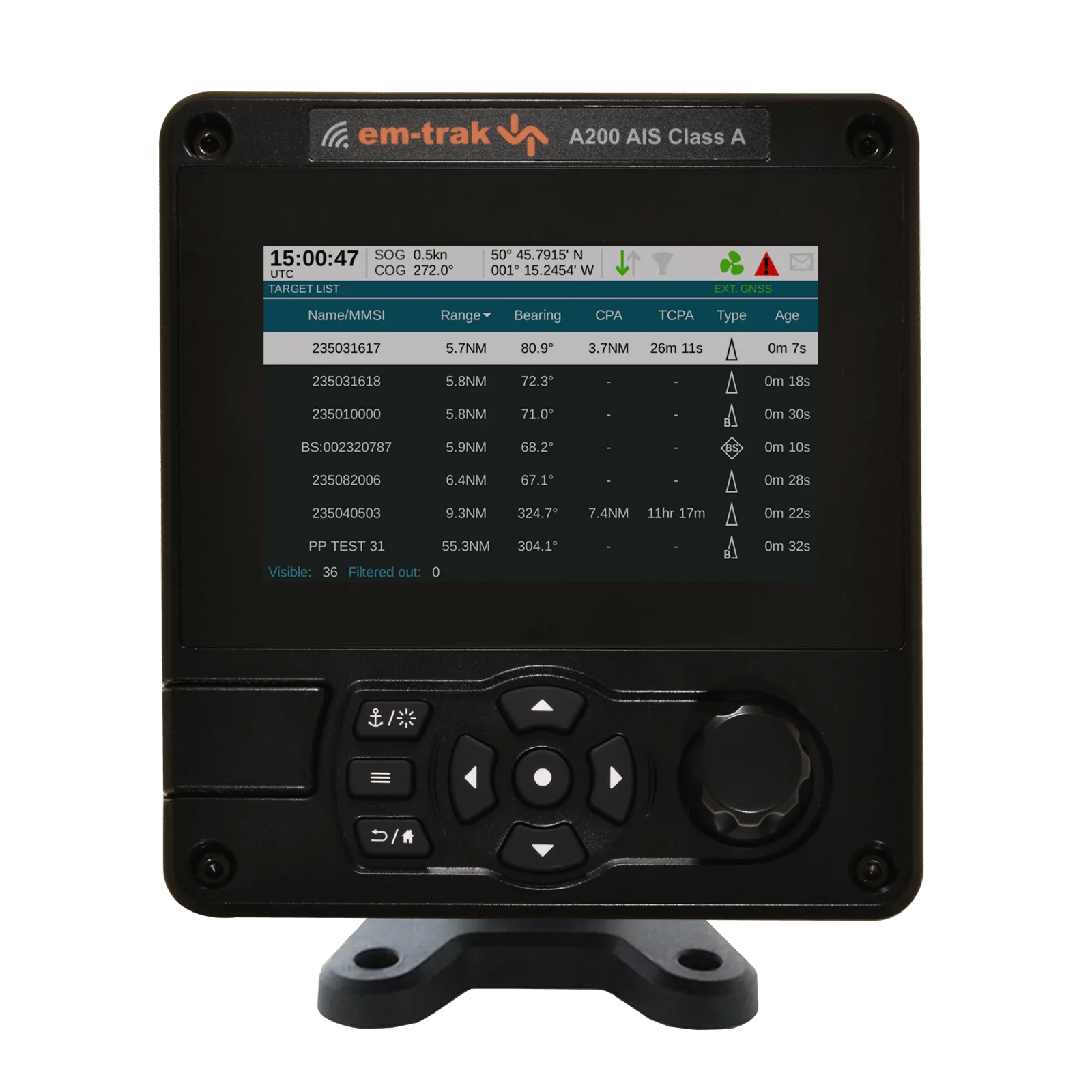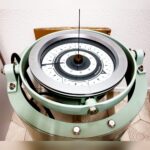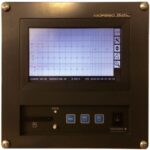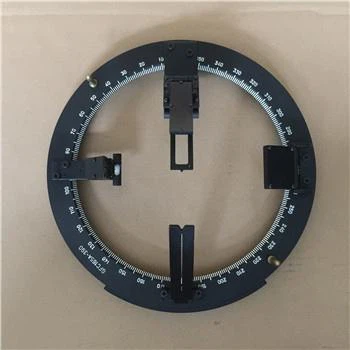Understanding LRIT
LRIT (Long Range Identification and Tracking) is a global satellite-based system used for the identification and tracking of ships worldwide. It plays a crucial role in enhancing maritime security, facilitating effective vessel management, and ensuring compliance with international regulations.
Introduction to LRIT
LRIT enables maritime authorities and organizations to monitor and track vessels over long distances, providing accurate information about vessel movements and positions. It operates through satellite communications, ensuring continuous and reliable coverage across oceans and remote maritime regions.
Key Features of LRIT
- Vessel Identification: Provides unique identification numbers and information about each registered vessel.
- Position Reporting: Regularly reports vessel positions to designated authorities, enhancing maritime domain awareness.
- Global Coverage: Ensures comprehensive tracking capabilities worldwide, including in remote and high-seas areas.
- Security Enhancement: Supports maritime security efforts by monitoring vessel movements and identifying suspicious activities.
10 FAQs about LRIT
| Question | Answer |
|---|---|
| What is LRIT? | LRIT stands for Long Range Identification and Tracking, a global system used for the identification and tracking of ships worldwide. |
| How does LRIT work? | LRIT operates through satellite communication, where vessels equipped with LRIT terminals regularly transmit their position and identification information to a designated LRIT Data Centre. |
| Who is required to comply with LRIT regulations? | All vessels engaged in international voyages and flagged with signatory states to SOLAS (Safety of Life at Sea) Convention are required to comply with LRIT regulations. |
| What information does LRIT provide? | LRIT provides information such as vessel identity, position reports, and voyage-related data to maritime authorities and organizations. |
| Is LRIT compliant with international maritime regulations? | Yes, LRIT complies with IMO (International Maritime Organization) regulations for vessel identification and tracking systems. |
| Can LRIT be used for security purposes? | Yes, LRIT enhances maritime security by monitoring vessel movements and identifying potential threats or suspicious activities. |
| How often are LRIT position reports transmitted? | LRIT position reports are transmitted at regular intervals, typically every six hours for vessels underway and once per day for vessels at anchor. |
| What are the benefits of LRIT for maritime authorities? | LRIT improves maritime domain awareness, facilitates search and rescue operations, and supports enforcement of maritime regulations. |
| Are there privacy concerns with LRIT? | LRIT strictly adheres to regulations ensuring the privacy and confidentiality of vessel-related information, balancing security needs with privacy rights. |
| How has LRIT contributed to maritime safety? | LRIT has improved maritime safety by enabling accurate tracking of vessels, enhancing response times in emergencies, and supporting effective maritime management and security. |
Conclusion
LRIT plays a pivotal role in modern maritime operations, providing essential capabilities for vessel identification, tracking, and security. By complying with LRIT regulations, vessels contribute to global maritime safety and security efforts, ensuring efficient management and monitoring of maritime traffic.


